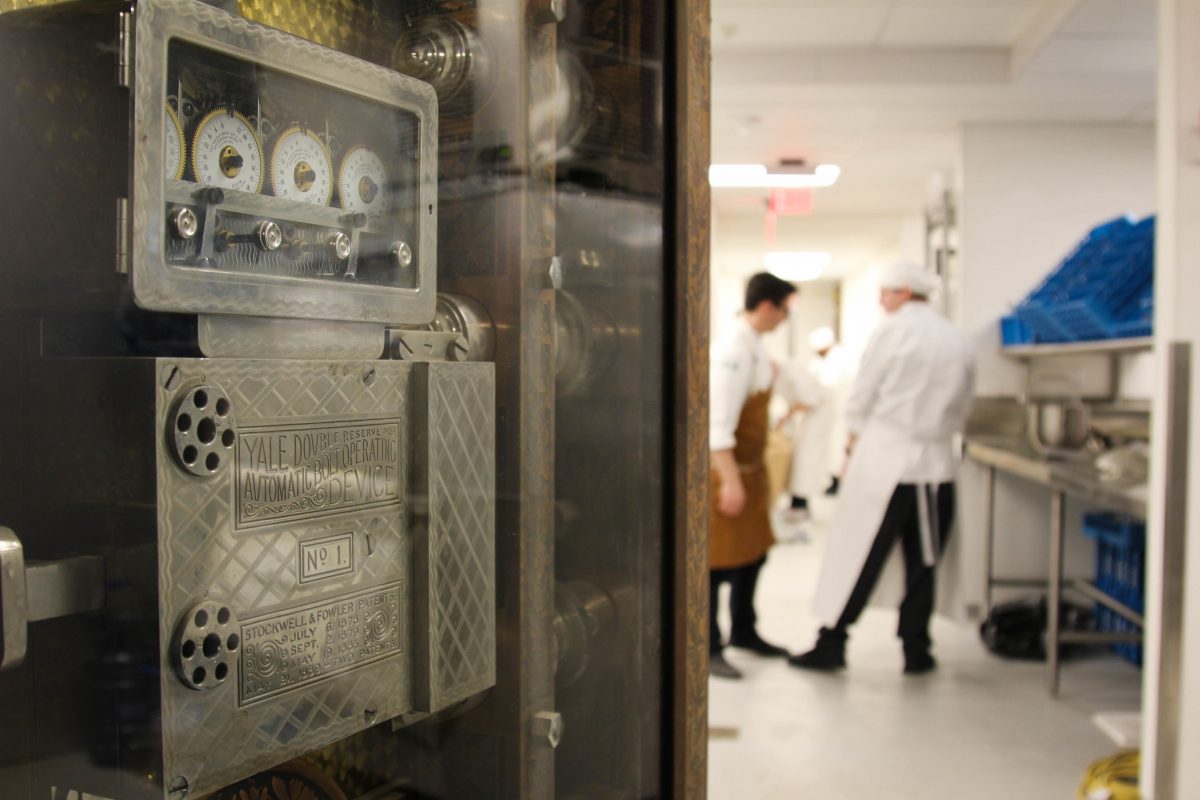
Inside the kitchen at the Alexander Brown Restaurant downtown, white-aproned chefs chop vegetables, measure liquids, and debone fillets of Ora King salmon to be served with miso butter and forbidden black rice.
It’s a scene typical of any restaurant that is a week out from its official grand opening, but small details throughout the space reveal that this kitchen—housed inside the historic Alex. Brown & Sons investment bank building—is anything but ordinary. The dry ingredients, for example, are stored inside a massive antique vault equipped with analog clocks and metal engravings.
“The building was actually built around this vault,” says the restaurant’s director Matthew Foody, adding that it was used to store bars of gold. “You would have to set the clocks, close the door, and then at 8 a.m. it would unlock.”
The vault is one of many treasures that operators have preserved throughout the building’s 18-month transformation into the Alexander Brown Restaurant, which is taking reservations now and officially opens on February 4.
Upon first stepping through the doors off of East Baltimore Street, diners will notice original marble walls and columns, the domed stained-glass skylight above, and a historic portrait of the building’s namesake Baltimore merchant with his sons near the entrance—which has been on display since the property was built as a headquarters for Brown’s investment firm in 1901.
“It’s quite a historical painting,” says Ben Griswold, a descendant of the Brown family, which still owns the building today. “The combination of the all of the art and architecture, along with the food experience, is one that is going to be really unique to the city.”
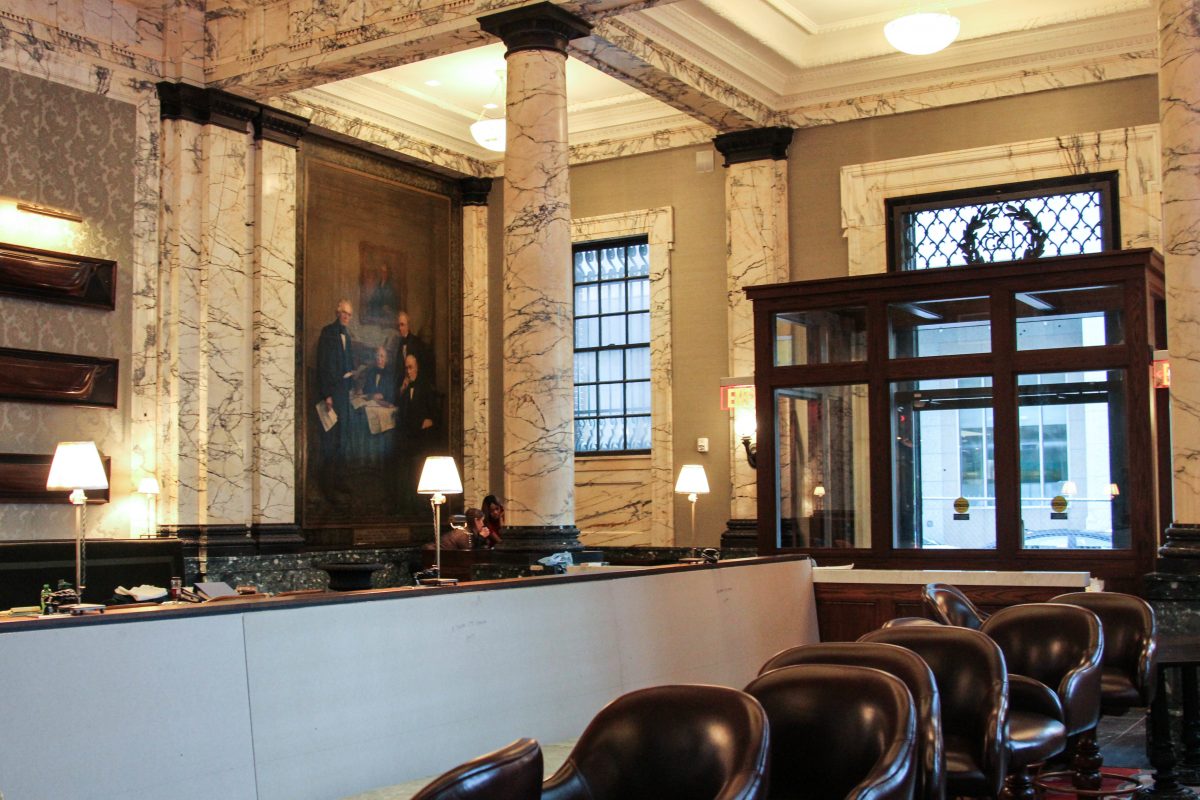
The dining destination has been brought to life by siblings Blake Casper and Allison Casper-Adams, who own restaurant-and-retail concept The Oxford Exchange in Tampa, Florida. Last year, they opened The Library, a restaurant inside the Johns Hopkins All Children’s Hospital in St. Petersburg inspired by our own George Peabody Library.
The duo was introduced to the Alexander Brown property by Griswold’s son, Alex, who is a friend of the Casper family.
“My brother and I came up to Baltimore to meet with Johns Hopkins for our project at the hospital, and we thought, ‘While we’re here why don’t we go look at that bank that Alex is always talking about?’” Casper-Adams recalls. “Everyone is always asking how we chose Baltimore, but it really chose us.”
Designed by Jordan Winston of The Oxford Exchange team, the 102-seat space adds to the bank’s original aesthetic with brown leather chairs, plush emerald banquettes, modern light fixtures, and colorful bathroom art by pop-culture painter Ashley Longshore.
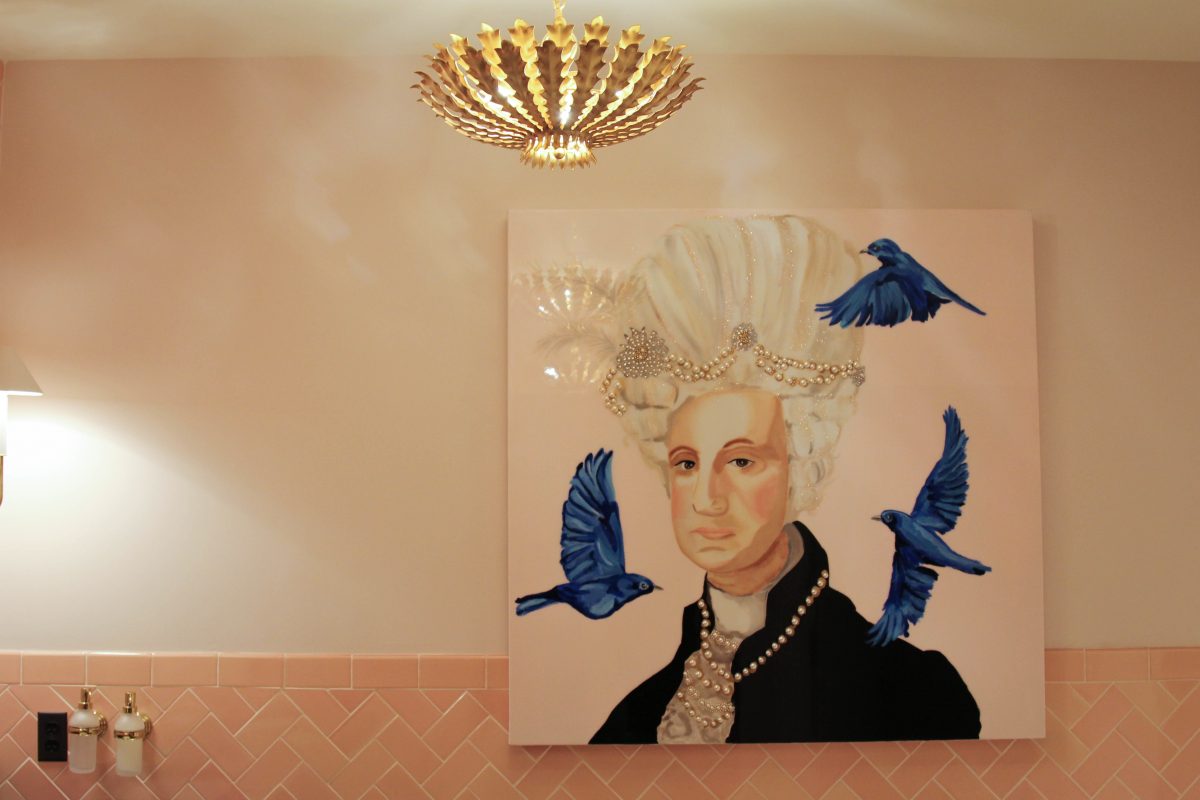
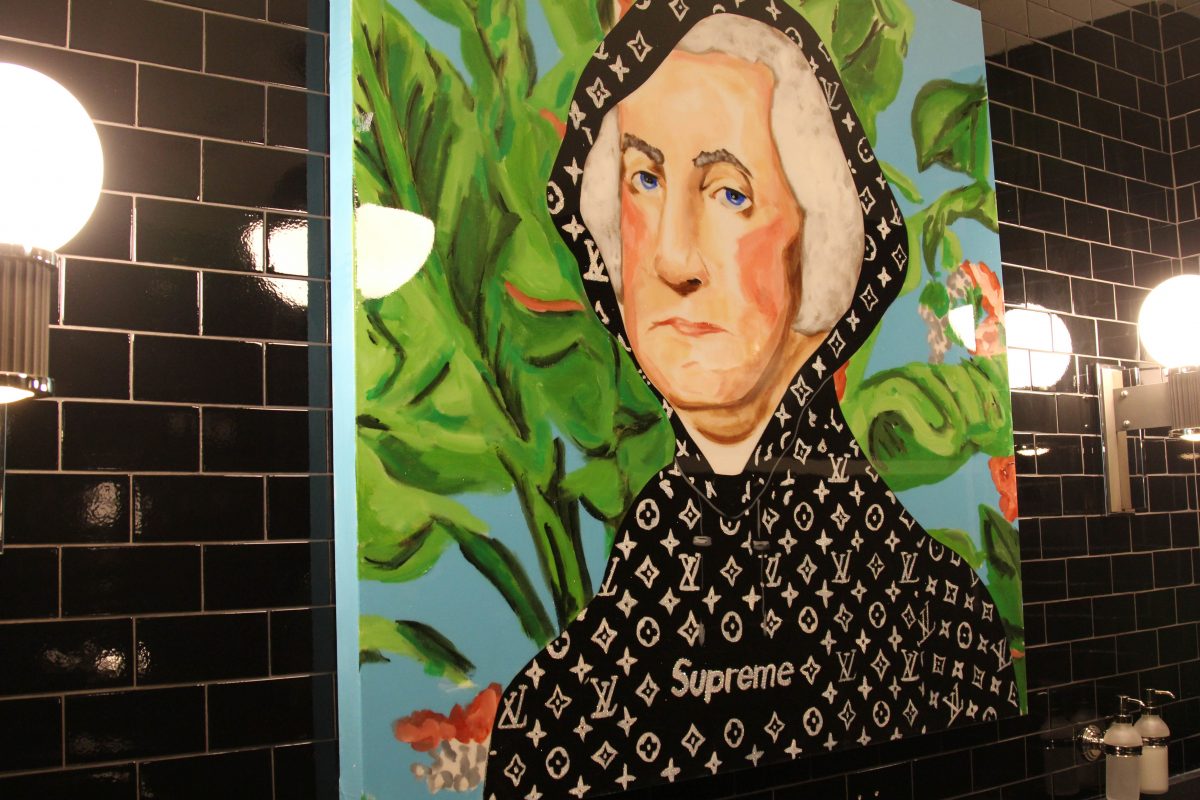
In addition to the architectural details, the restaurant pays homage to Alexander Brown by adopting the philosophies of the famed merchant and textile trader.
“A lot of what we’ve been able to discover about him and the firm goes along with how he brought the best of the world’s diversity to Baltimore,” says executive chef Andrew Fontaine, formerly of Antrim 1844 in Taneytown. “We want to draw from the best places, whether it’s a mile away or on the other side of the world.”
While the seasonal menu makes use of local produce in many dishes, Fontaine is also bringing in ingredients like A5 Wagyu beef from Japan and grits from Anson Mills farm in South Carolina. Globally inspired options on the opening lineup include a foie gras torchon with apple butter, short rib pappardelle, vegetable curry with fried tofu, local pork chops with sorghum and collard greens, and duck breast with pickled daikon and baby bok choy.
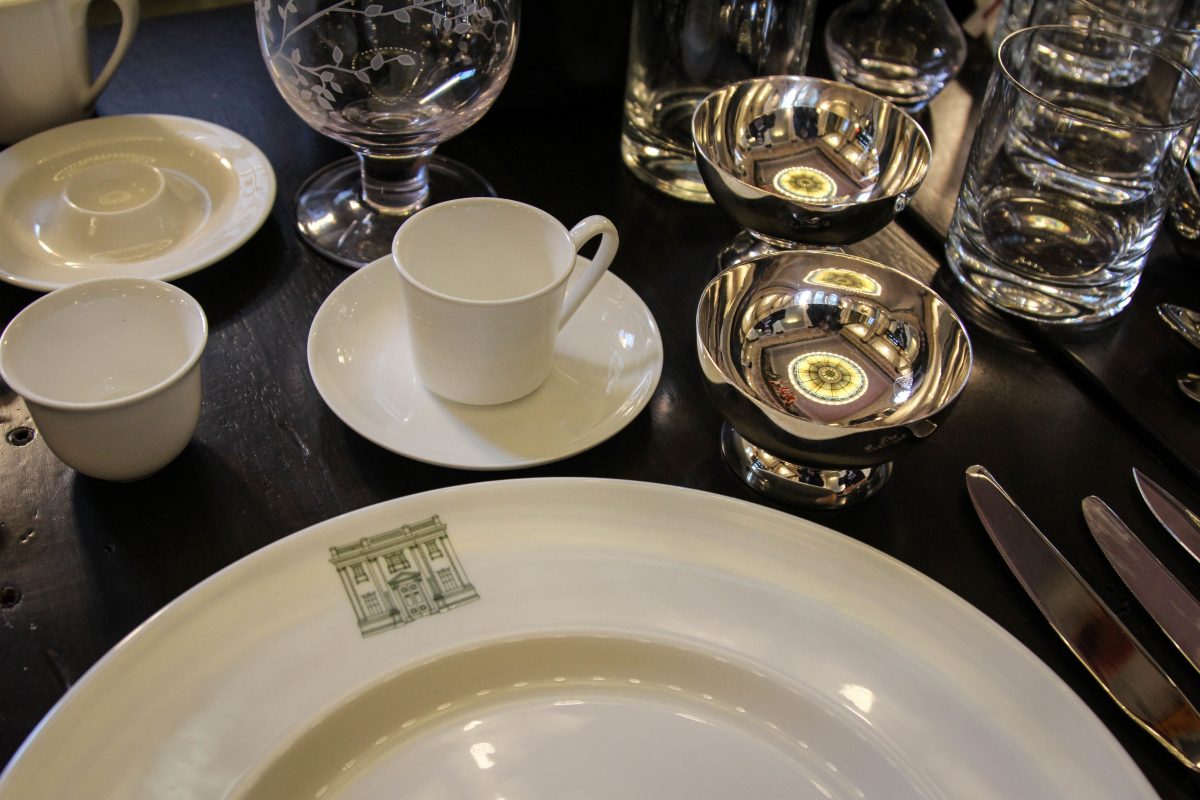
Led by beverage director Jeff Bejma, who formerly headed up the speakeasy-style program at Clock Restoration inside The QG, the bar menu will further the historical feel with champagne by the glass, regional wines, craft beer, and classic cocktails that tell stories of the building.
Among them will be a spicy mezcal drink named “The 1904,” after the year the building survived the Great Baltimore Fire. There will also be the bourbon-based “Joyride,” incorporating coconut orgeat, lime, and allspice dram.
“The day that this building opened as a bank in 1901, a young man walking up Calvert Street came across a parked automobile,” says Bejma, a self-proclaimed history buff. “He decided to take it for a joyride, and actually ended up crashing it into the building.”
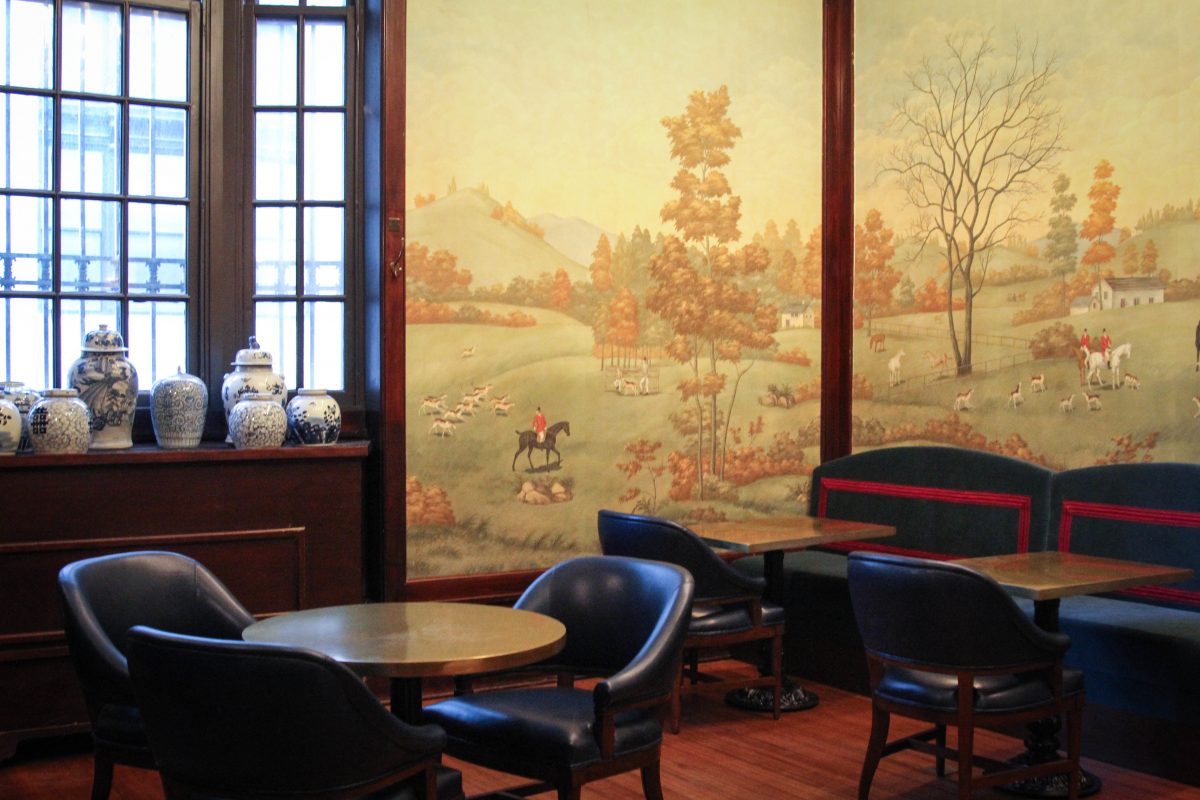
Once a thriving hub for banks and insurance companies, the neighborhood now features many overhauled structures including the 10 Light Street apartments and Chez Hugo Bistro inside the old Merchant’s Club building. According to Griswold, the new phase of the property fits in with the transformation of the central business district as a whole.
“It’s become more of a residential area,” he says. “Hopefully the restaurant will play a role in increasing its vibrancy.”
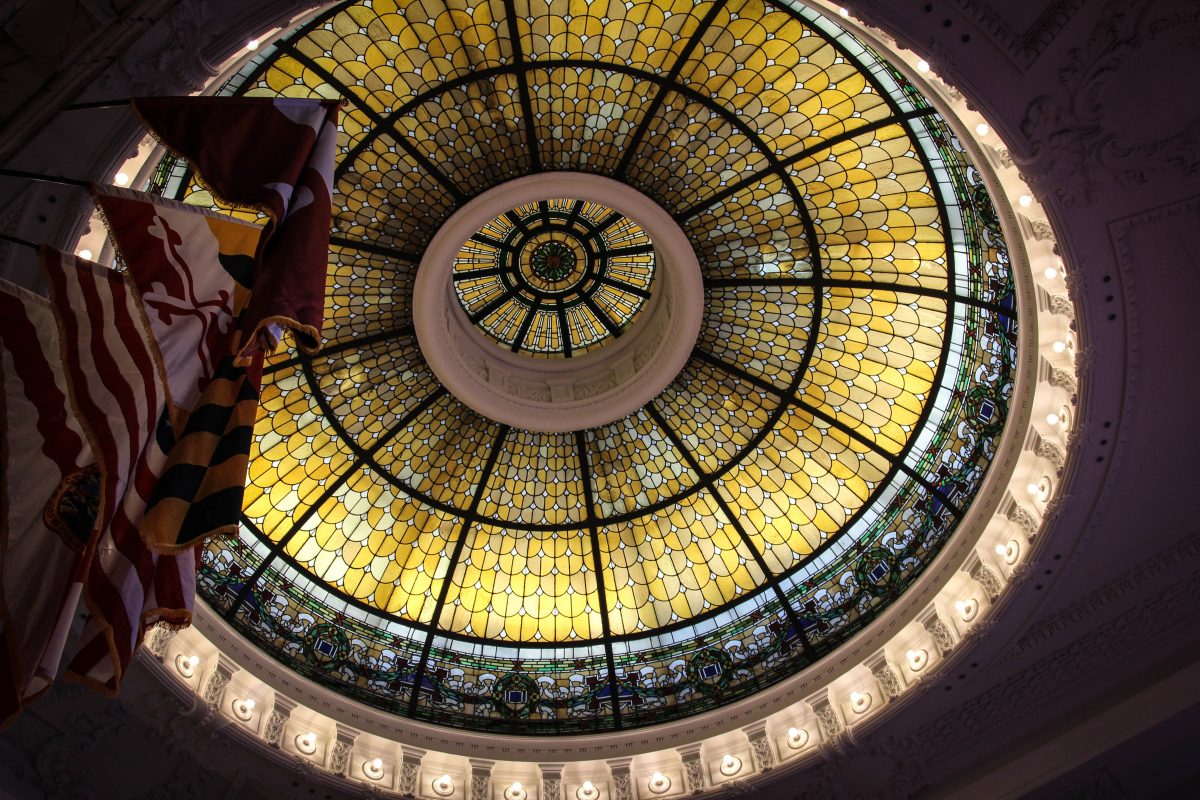
Throughout the next few years, the Casper family plans to expand its footprint by revamping the Rite Aid adjacent to the property. The plan is for that space to mimic the multi-use Oxford Exchange in Tampa, which houses its own restaurant, coffee shop, bookstore, and co-working areas.
For now, the team is looking forward to sharing the history of Alexander Brown with the community through the restaurant’s dishes, drinks, and design.
“Baltimore deserves this restaurant,” Foody says. “If we apply the same philosophy that made the Alexander Brown firm successful, we hope that it will work for us in the next 130 years, as well.”
